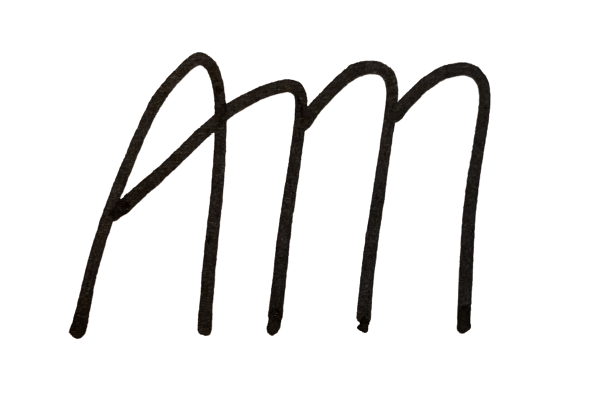Understand gender and communication to leverage it.
On this day in 2013 I submitted an essay to my AP Language and Composition teacher, entitled “Differences Between Men and Women.”
I cited comedian Bill Engvall, and linguistics professor Deborah Tannen.
Bill Engvall characterizes men as being “basic,” but women are “details.”
He tells a funny story about working out at the gym with his friend Joey, who is getting divorced. Bill tells Joey he needs to work on his abs because Joey will be dating again. But Bill’s wife wants details, like “who was cheating on whom?!”
Deborah Tannen, in Gender-specific language rituals, talks about hiring a training video company to capture three preschool boys talking about how high they can hit a ball.
The first one says “Mine is up there.”
The second says, “Mine is up to the sky.”
The first one retorts, “Mine is up to heaven.”
Then, a third boy in the back: “Mine is up to God.”
It is the opposite of two girls talking at the same preschool.
One girl says, “Did you know that my babysitter called Amber has already contacts?”
The other girl,"My mom has already contacts, so my dad does too.”
Tannen finds this interesting: the second girl repeats and mirrors the syntax, "has already contacts.”
The first girl lights up and says, “the same?”
It was natural for the boys to try topping each other, and for the girls to find sameness.
ACTION POINT: Understand gender and communication to leverage it.
